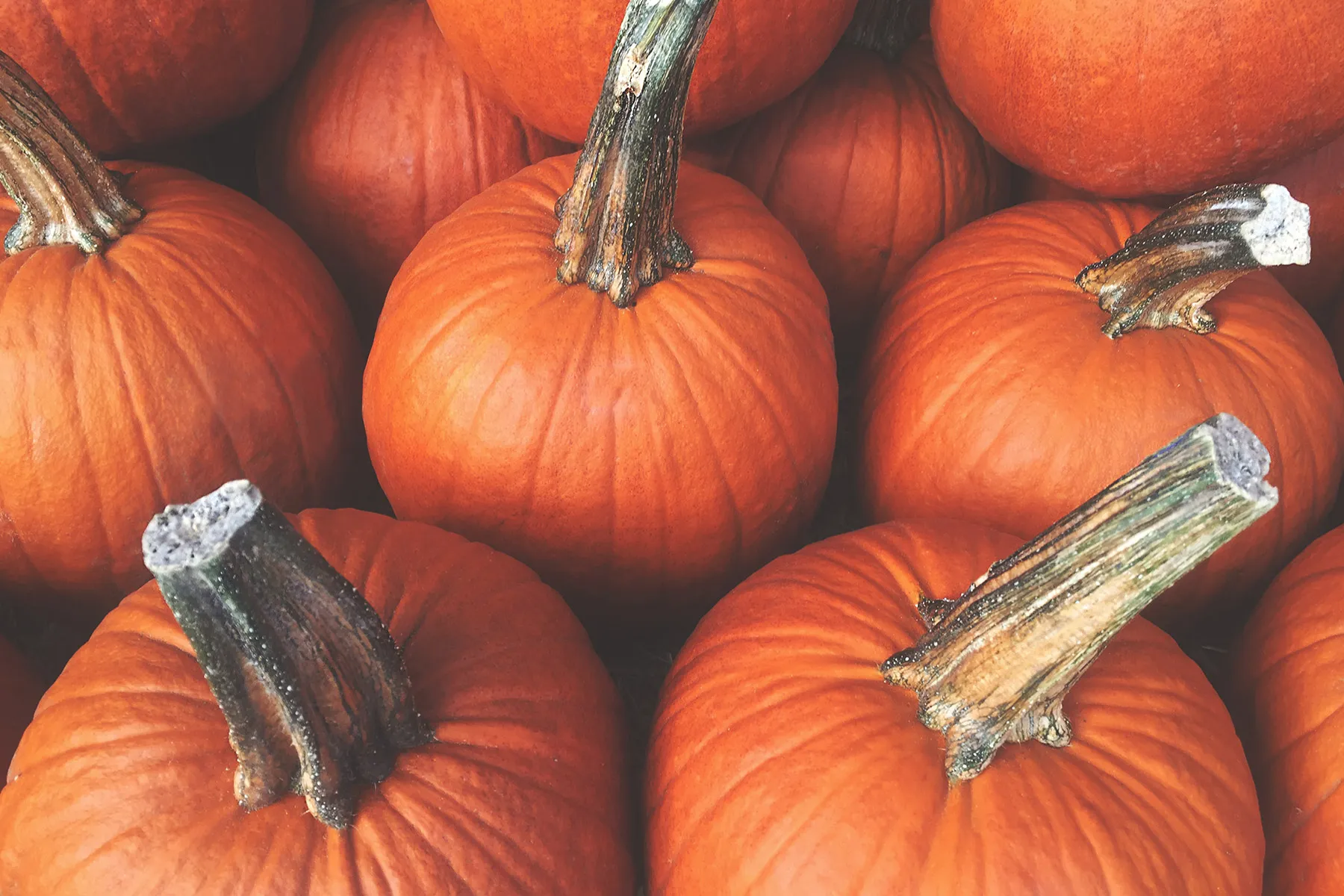Oct. 29, 2021 — Autumn is a season of preparation: It’s a time of harvest earlier than shortage, gathering seeds earlier than snow, crispness earlier than chilly, and vibrant coloration earlier than gray monotony. With that, it’s not shocking that many cultures mark the season by celebrating plentiful life in parallel with inevitable demise and remembering those that got here earlier than. However these holidays in several areas all over the world are a examine in contrasts.
Among the many most commercialized of those celebrations is the U.S. customized of Halloween. It has a carnival environment during which, “revelry, chaos, and presumably scary issues can simply run amok,” says Sojin Kim, PhD, curator on the Smithsonian Middle for Folklife and Cultural Heritage. The day (or night time) is about shedding inhibitions and poking enjoyable on the horrifying. Halloween nods at mortality with imagery of skeletons and murderous dolls, however the focus is on decorations, costumes, and sweet. Absent is a sober pause to recollect the finality of life.
“American Halloween is simply such an ideal illustration of what American tradition does to demise,” says Erica Buist, creator of This Celebration’s Useless, a guide about demise festivals all over the world.
“Halloween — Samhain — was a [Celtic] demise competition, and the People have taken it they usually’ve made it spooky,” she says. “It is a approach of participating with it, with none of the particular engagement.”
Non secular holidays like Catholic All Souls’ Day make house for a extra eyes-forward recognition of mortality by means of visiting the gravesites of misplaced family members. However in secular U.S. society, such alternatives are few. Maybe that’s as a result of in U.S. tradition, “Dying is horrifying. Dying is gross,” Kim says.
Halloween is probably a option to push again — to make demise flamboyant and even darkly humorous.
“Dying will not be solely a terrifying prospect, but in addition a really summary one, as a result of we can not think about what it’s prefer to not exist,” says Dimitris Xygalatas, PhD, an anthropologist and cognitive scientist on the College of Connecticut.
However in non-U.S. cultures, “individuals have a unique relationship to demise, the place it’s far more acknowledged as one thing that we take care of on daily basis,” Kim says.
Occurring simply after Halloween in lots of Latin international locations, the Day of the Useless descended from South American indigenous celebrations. In keeping with legend, on today, ancestors come again to life to feast, drink, and dance with their residing family. In flip, the residing deal with the useless as honored company, leaving favourite meals and presents akin to sugar skulls on shrines or gravesites.
It’s a day of celebration, “not being scared of demise, however actually seeing that demise is part of life,” Kim says.
The Sicilian Day of the Useless is equally festive. Households convey flowers to brighten gravesites, and oldsters disguise “presents from the useless” for his or her youngsters to search out within the morning, strengthening the bond between generations. Retailers are brightened by marzipan fruits and cookies that resemble bones. These practices educate youngsters that, “you possibly can point out these individuals, you might be supposed to speak about them,” Buist says.
Then there’s the Japanese Buddhist celebration of Obon, which usually takes place in August and in addition focuses on ancestors. For Obon, individuals will clear gravesites and maybe share a meal, however the largest public expression occurs on the temples. Individuals grasp or float lanterns with names of those that have died that 12 months, and the neighborhood comes collectively to bop. Music accompanied by the booms of dwell drums is customary and whether or not the songs are conventional or modern, “the concept actually is that you’re dancing with out ego. You’re dancing with out caring about what you seem like. And you might be dancing to recollect the ancestors who gave you your life and this second,” Kim says.
Related celebrations are held in China, Nepal, Thailand, Madagascar, Spain, Eire, India, Haiti, and the Philippines. Dying holidays appear as human as language. Their significance facilities on “this concept of continuum versus finish,” Kim says.
Emphasizing this cyclical view, demise holidays encourage a continued relationship with the useless, Buist says. “Have you ever ever heard that phrase, ‘Grief is love with nowhere to go?'” she asks. “It is this factor that we are saying right here, and I really feel like in all places else they’ve gone, ‘properly give it someplace to go then.'” Throughout cultures, lots of the traditions of those holidays are “similar to taking good care of someone,” she notes.
Dying holidays give love someplace to go, they usually give us a time and place to do it.
“Having these items punctuate the calendar signifies that we get this designated time and house,” says Kim, noting that they permit our dealing with demise in a neighborhood house. These practices be sure that we wouldn’t have to grieve, take into account our legacies, commemorate misplaced household and face our mortality alone.
The ritual of demise holidays, Xygalatas says, “makes the prospect of our personal demise just a bit much less terrifying.”





